Newfoundland & Labrador is an amazing place for birds, and is usually a popular destination for visiting birders from around the world. From spectacular seabird colonies to lush boreal forests, and rugged coastlines to subalpine barrens – there is an incredible variety of landscapes to explore, each with its own unique blend of birds. It is virtually impossible to choose just five “must-see” species when there are so many to discover, but here are a few favourites that should be at the top of your list this summer:
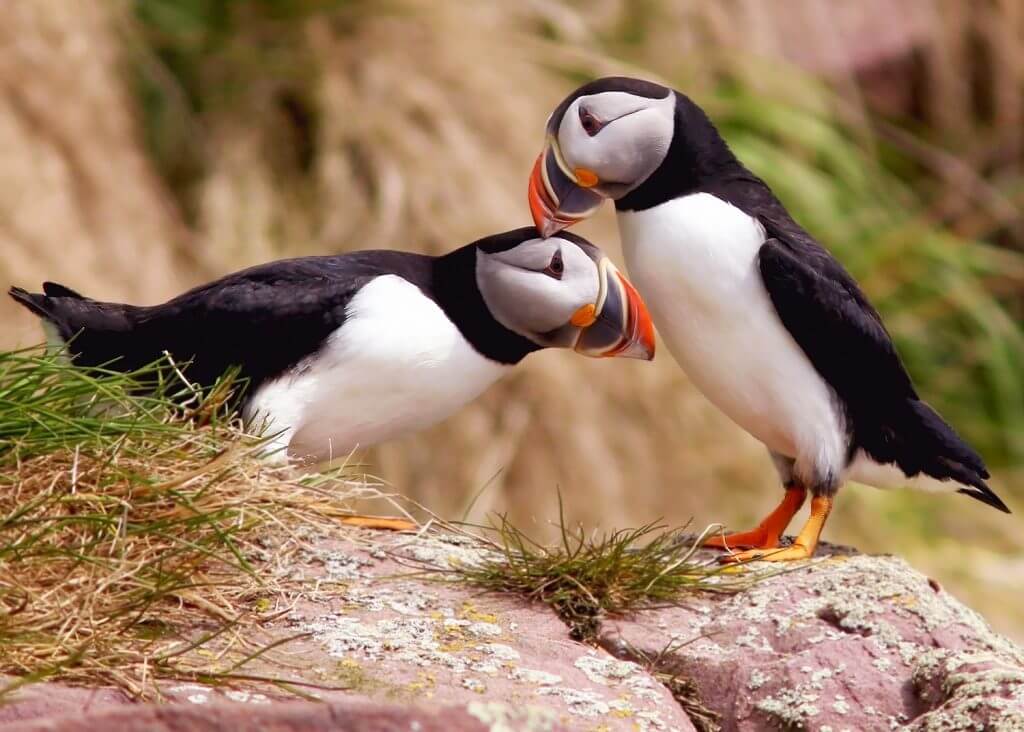
As our provincial bird, the Atlantic Puffin is familiar to many people but always a thrill to see. And summer is the time to do it, since they breed in huge numbers along parts of our coast but spend the fall and winter months far out to sea. Just 30 minutes south of St. John’s, the Witless Bay Ecological Reserve is home to North America’s largest colony and more than half a million of these plucky little birds (along with 4 million other seabirds and usually a few whales!). A boat tour offers the best way to experience this reserve, so be sure to check in with one of the great operators in Bay Bulls, Witless Bay or Mobile.
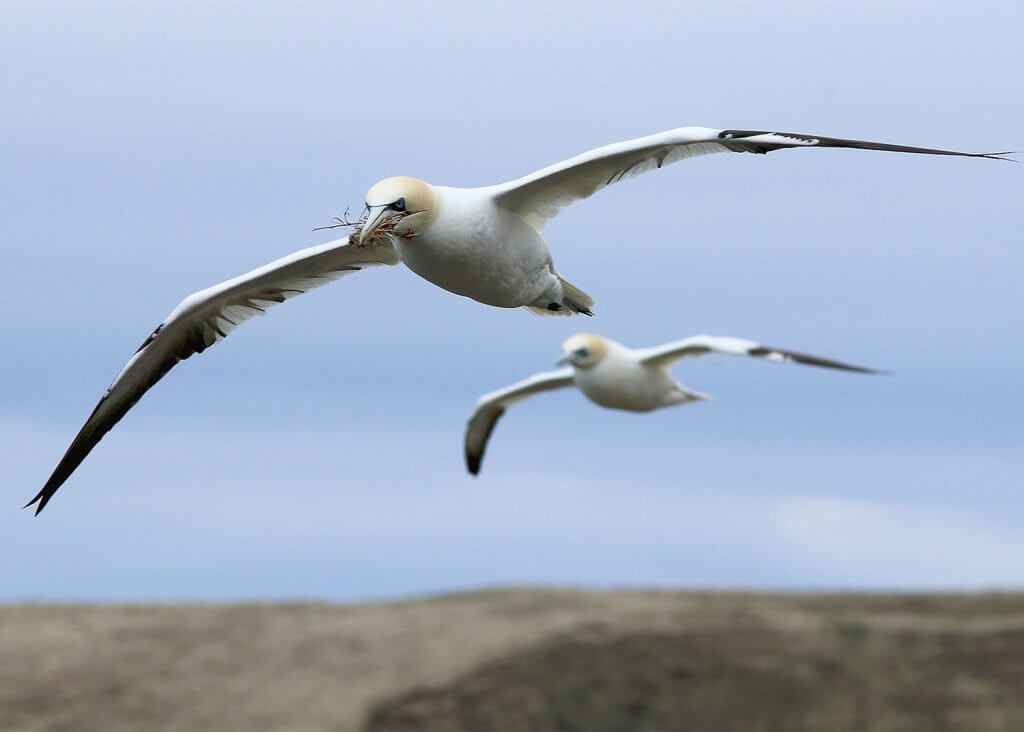
Our province is home to many species of seabirds in summer, but the majestic Northern Gannet stands out among the crowd – with its golden head, powder blue bill and nearly six-foot wingspan. As amazing as they are to see in flight, it is even more magical to watch them interact on land – “fencing” (a bonding ritual where the pair stands breast to breast and rub bills), bowing, fighting and generally making a lot of noise. Cape St. Mary’s Ecological Reserve is one of the largest, and certainly most accessible, Northern Gannet colonies in the world where more than 30,000 of these unforgettable birds nest on a giant sea stack and surrounding cliffs. It’s a photographer’s dream!
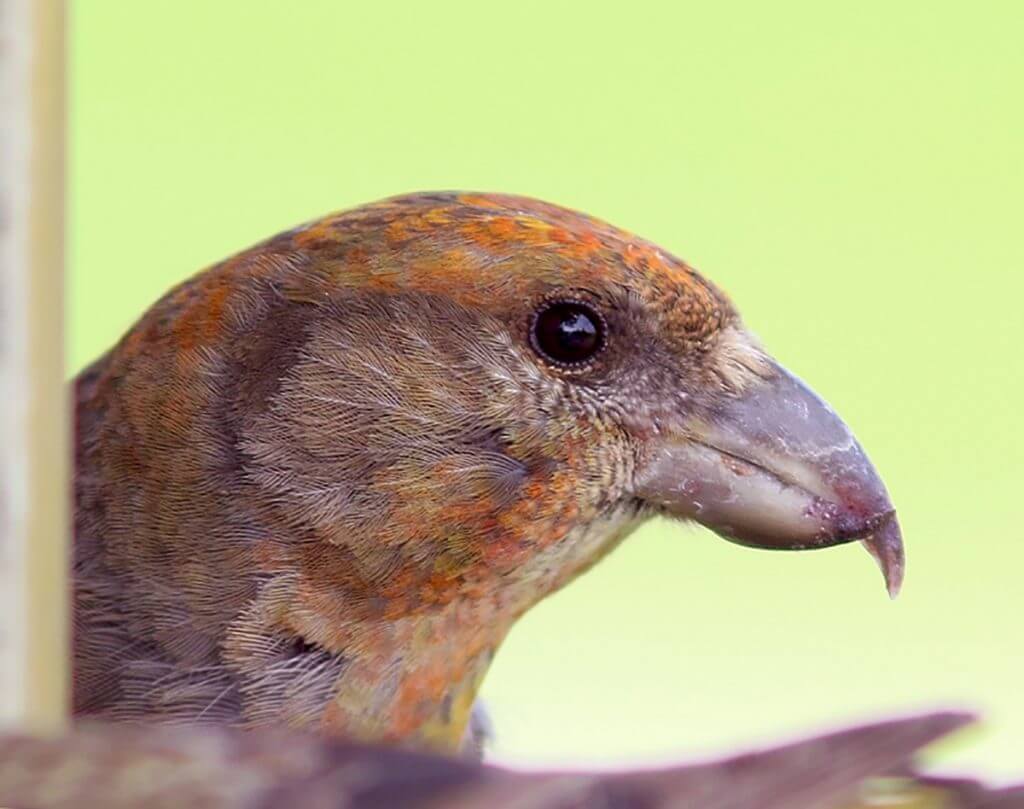
At first glimpse, the namesake crossed bill of this species looks like a deformity – but in fact it is a perfect adaptation for its life among the conifers. This finch (the males are red, females olive) uses its specialized bill to pry open cones and access the seeds hidden inside. Although Red Crossbills can be found sporadically across North America, the percna subspecies is considered endemic to Newfoundland – meaning it doesn’t occur anywhere else. Sadly, it is also considered endangered here – due mostly to habitat loss from deforestation and insect infestations affecting the pines on which they depend. Anecdotally, they seem to be doing better in recent years and have even started to visit feeders. Keep your eyes out anywhere there is a good cone crop, listen for the distinctive jib-jib-jib call as they fly over, and maybe you can spot one of our province’s most special and threatened birds.
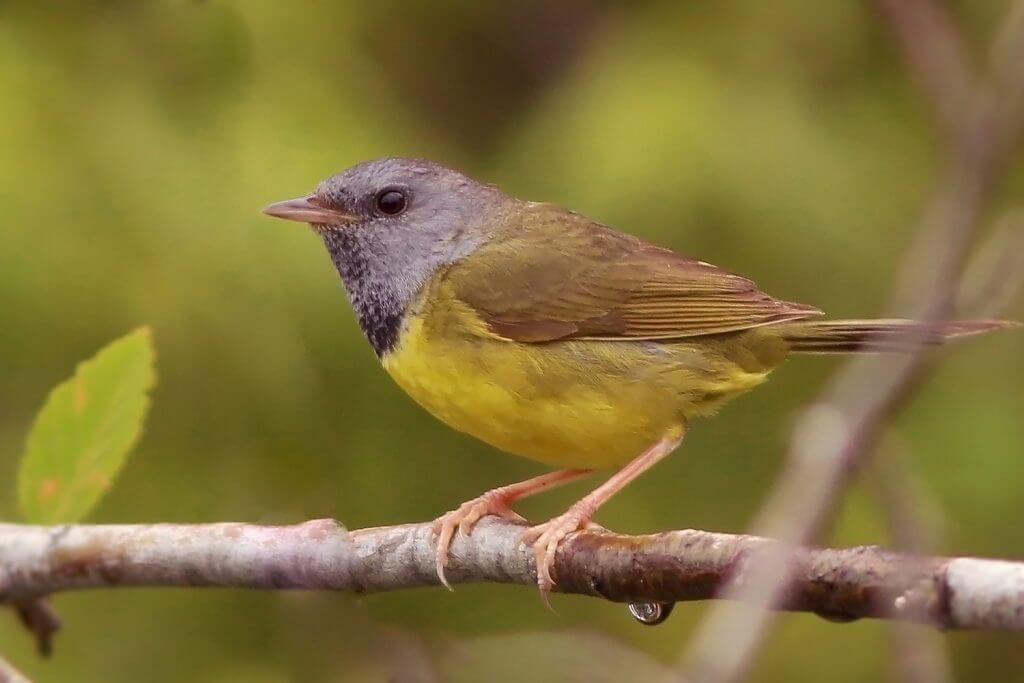
Warblers, with their array of colours, habitats and beautiful songs, are a favourite of most birders. About twenty species of warbler breed in the lush forests of Newfoundland & Labrador, and about half of those can be found on the Avalon Peninsula. I’ve chosen the Mourning Warbler (named for its grey and black “veil” or hood) here since it is a little scarcer and popular with visiting birders – but they all have their charm and make for wonderful birding. Like most songbirds, warblers are most active and vocal in the mornings so an early walk in the forest is the best time to look for them. See how many you can find & identify!
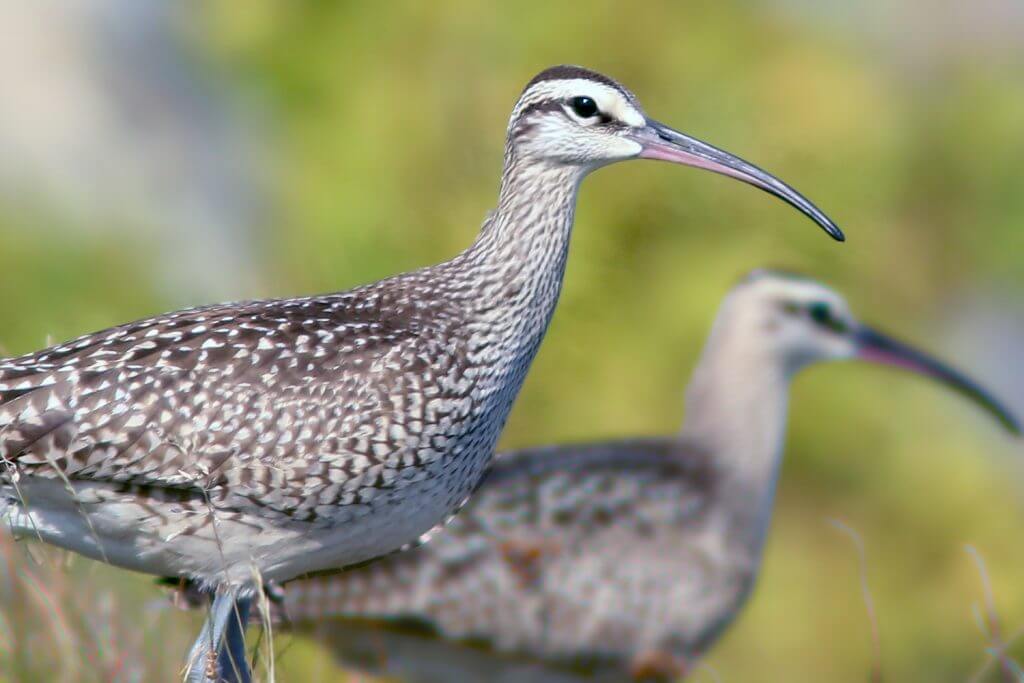
Late summer is “shorebird season”, when a variety of waders pass through Newfoundland & Labrador on their way south from their (mostly) arctic breeding grounds. Shorebirds come in an astonishing assortment – some with long legs, uncanny bills, and subtle colours and patterns. Visit a beach or estuary at low tide, and you might find a dozen or more species on some days. Places like Bellevue Beach, Renews, Long Beach (near Cape Race) and others across the Avalon are well known hotspots for migrating shorebirds – along with many more locations across the province. Despite the name, not all “shorebirds” prefer the beach. Whimbrels (known to many locals as “curlew”), with their stilt-like legs and comically long bills, prefer tundra and grasslands where they can feed on our abundant crowberries. In fact, Whimbrel eat enough berries here that they can (and often do) fly non-stop all the way to South America! Look for them on the coastal barrens near places like Cape Spear, Cape Race, St. Shott’s and Grates Cove.
There are unique birds to see and discover all summer long, so don’t let it pass you by. Whether you’re visiting from a neighboring province or a local birder who’d like a little guidance through the wonderful world of birds, feel free to check out www.birdtherock.com for educational and exciting tour opportunities.
By: Jared Clarke, Collaborator and professional birder.

Jared Clarke grew up on the northeast coast of Newfoundland and was introduced to the outdoors at a very young age, mostly by his grandfathers. Always a nature enthusiast, he became interested in birds while working for a local conservation group. Jared soon became one of the most avid birders in the province. Despite his “official” training as a health researcher (Ph.D. Medicine), his love of nature and sharing it with others increasingly led him astray. He currently runs a bird and nature tour business, called Bird•The•Rock, and routinely leads trips at home and abroad for various tour companies. Jared lives in St. John’s with his wonderful wife and two beautiful daughters. You can follow his adventures at birdtherock.com or on his social channels @birdtherock.
Published: August 4, 2020